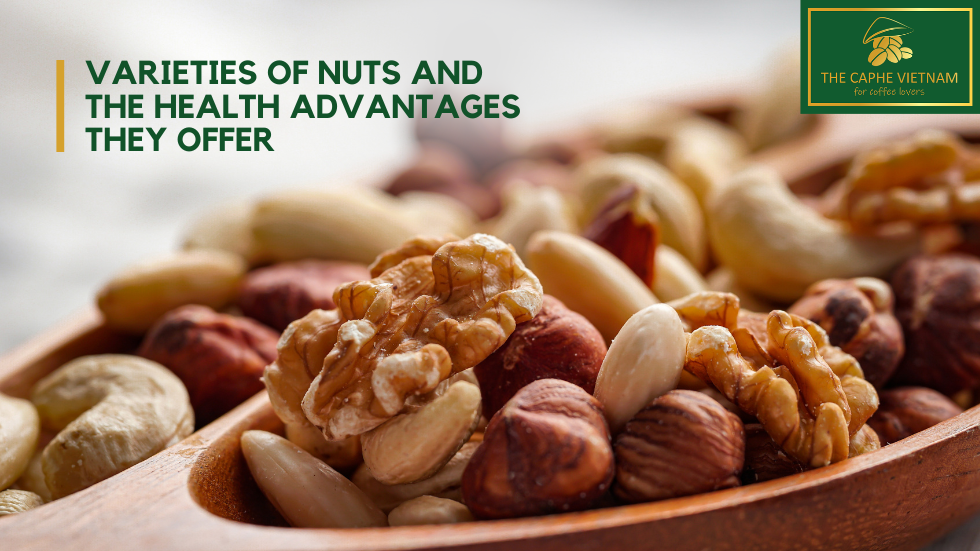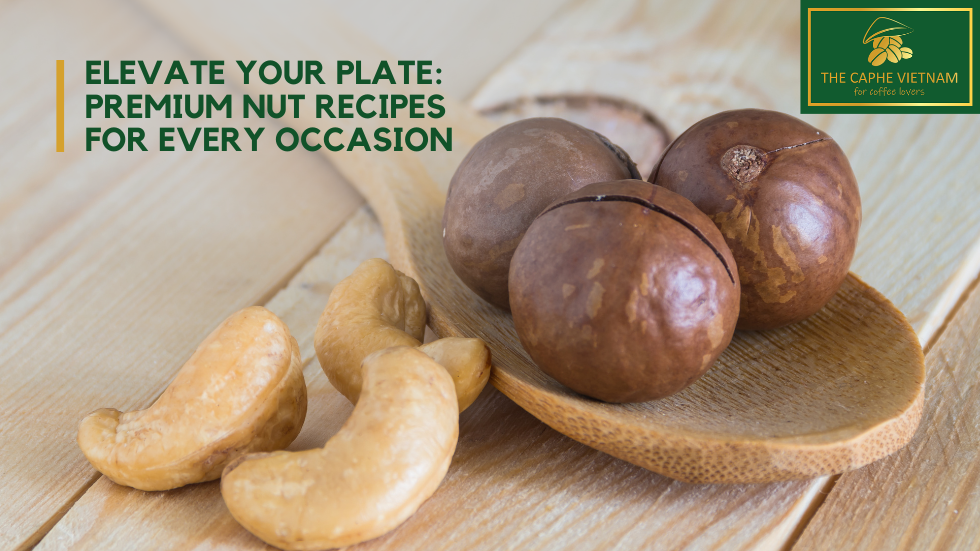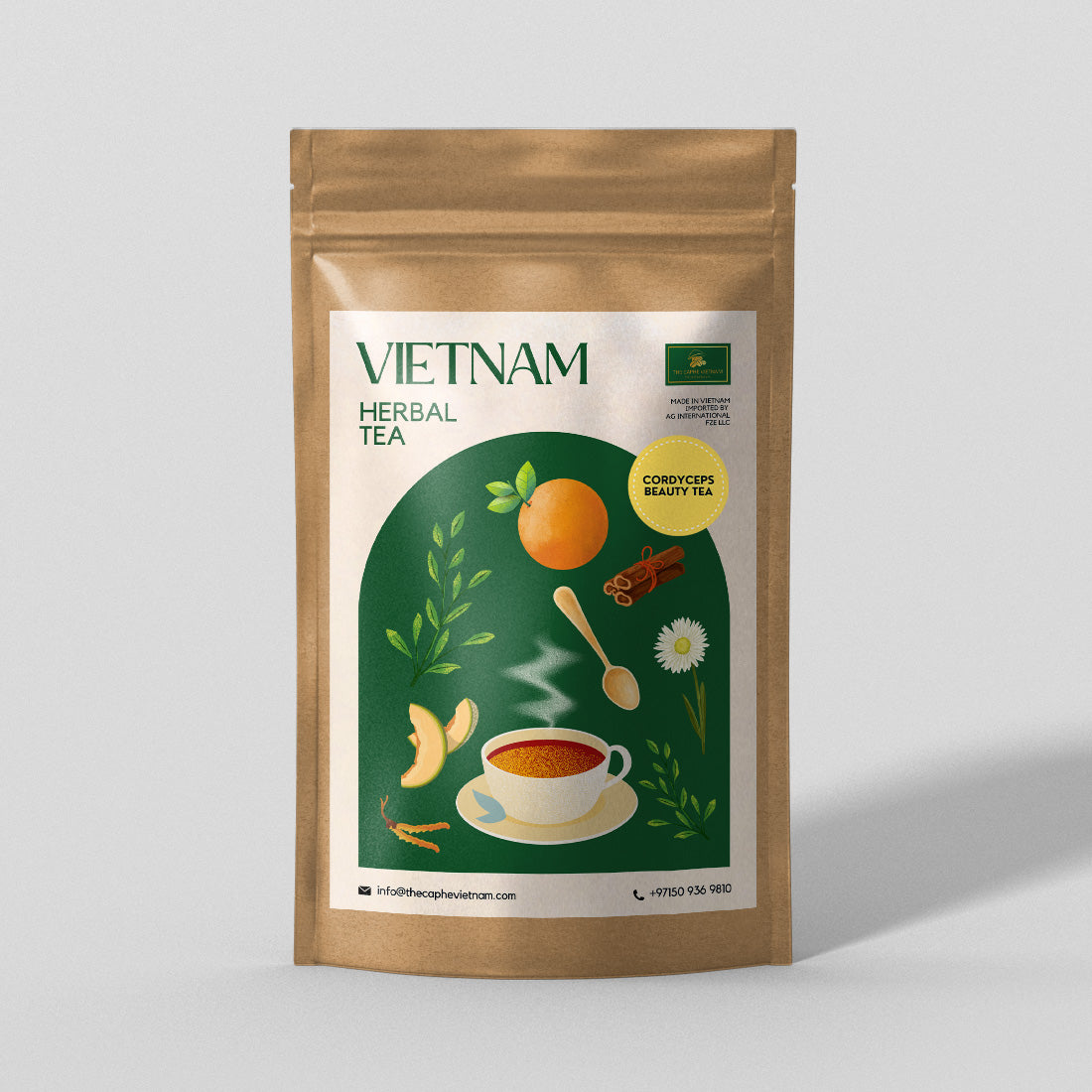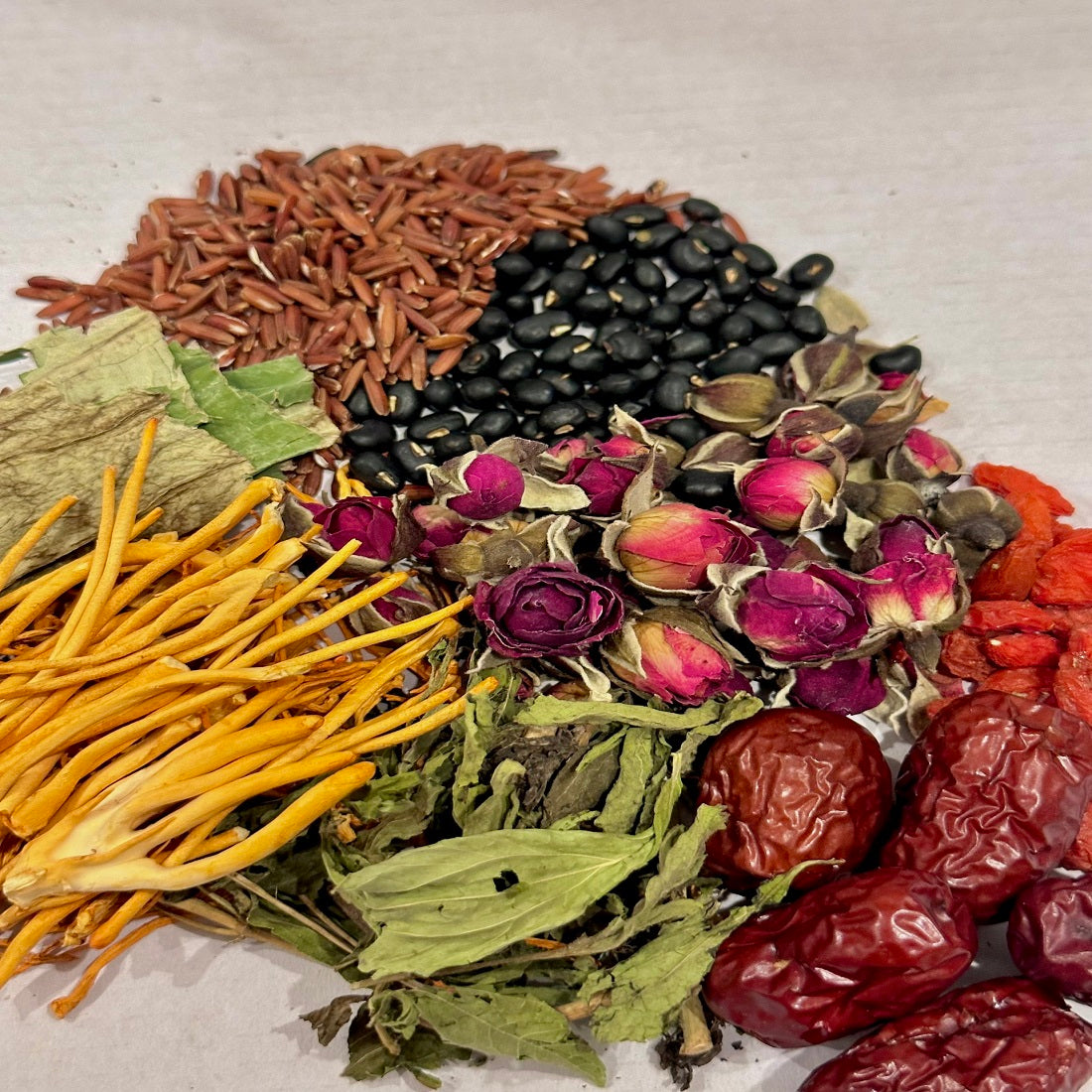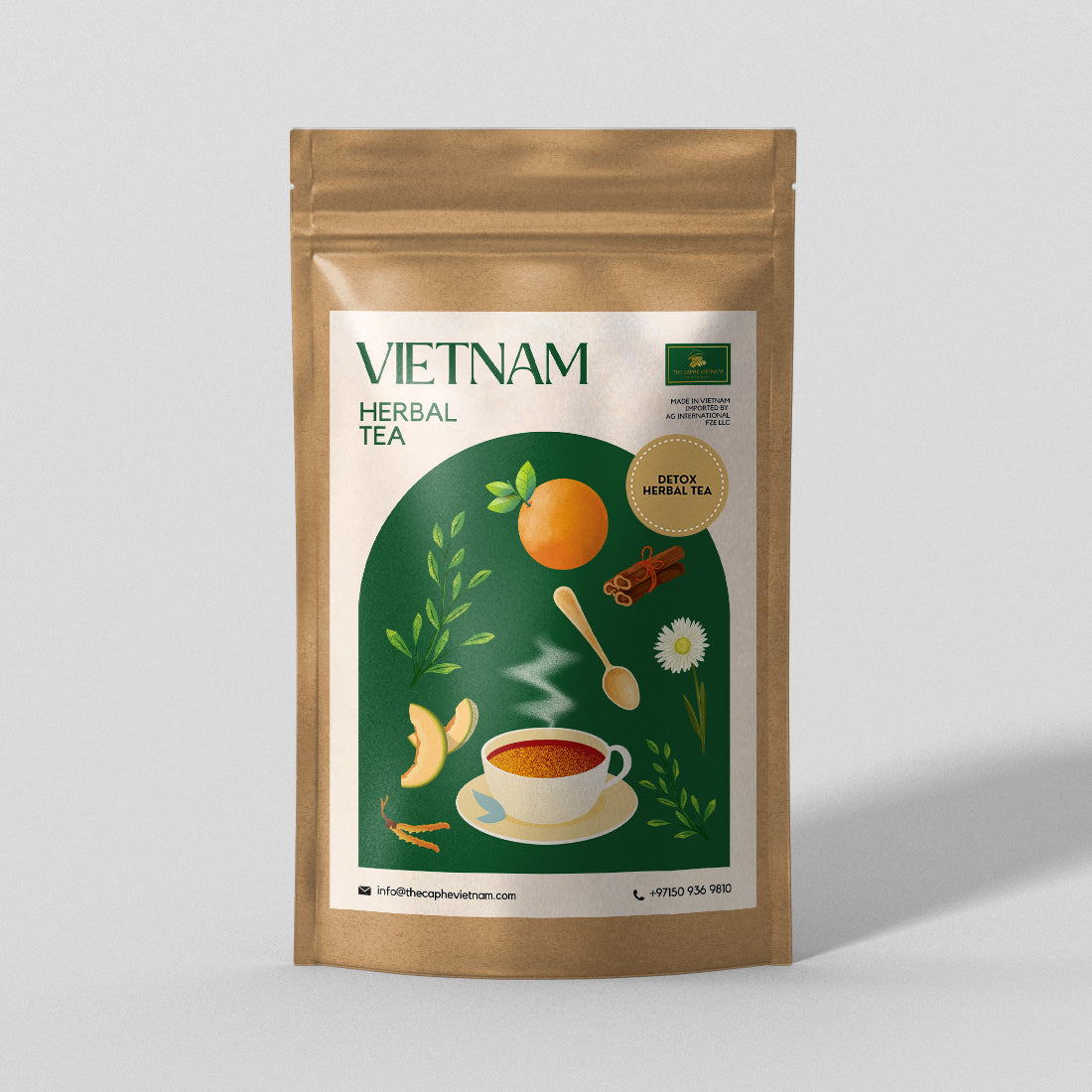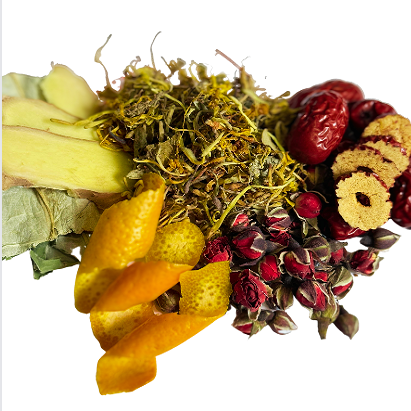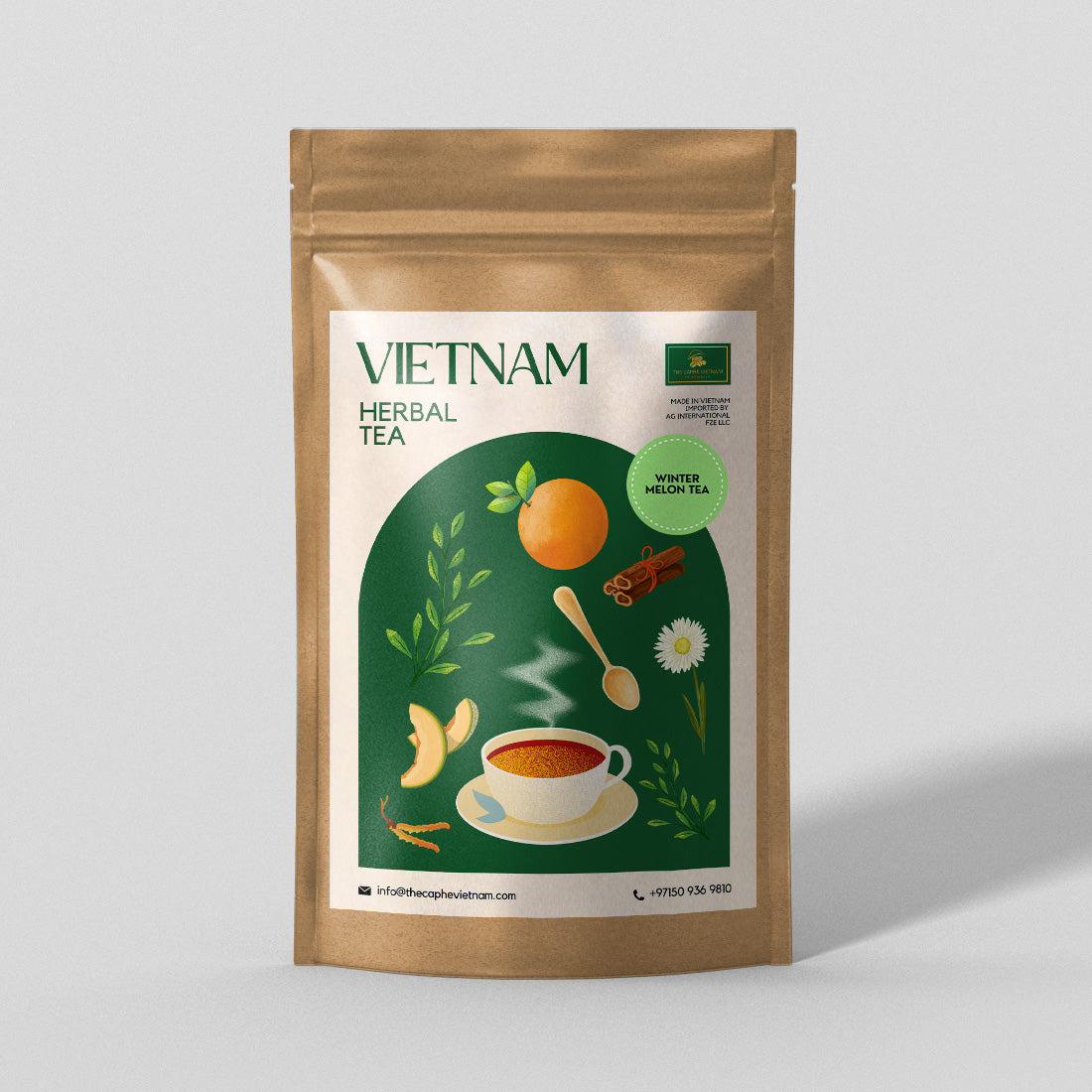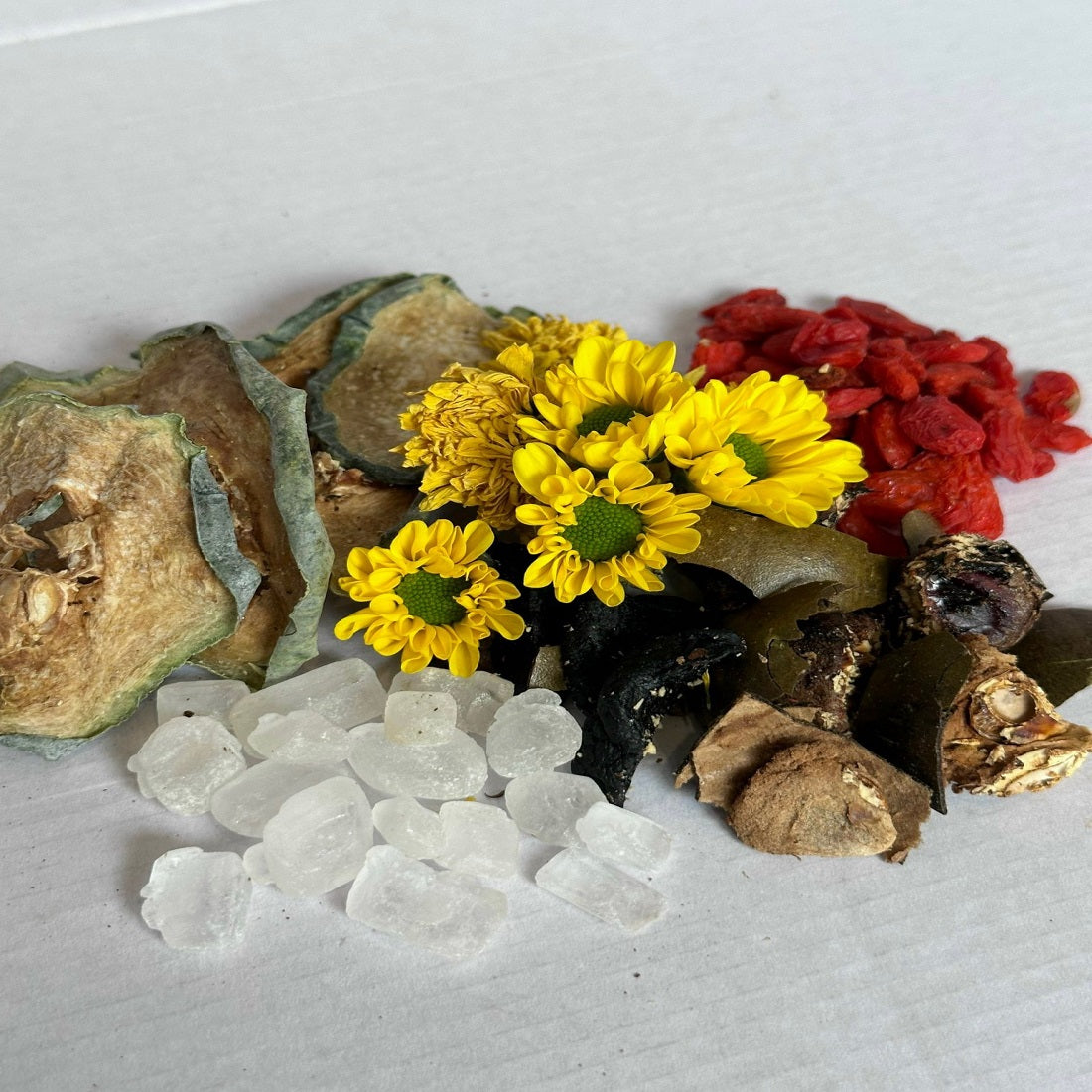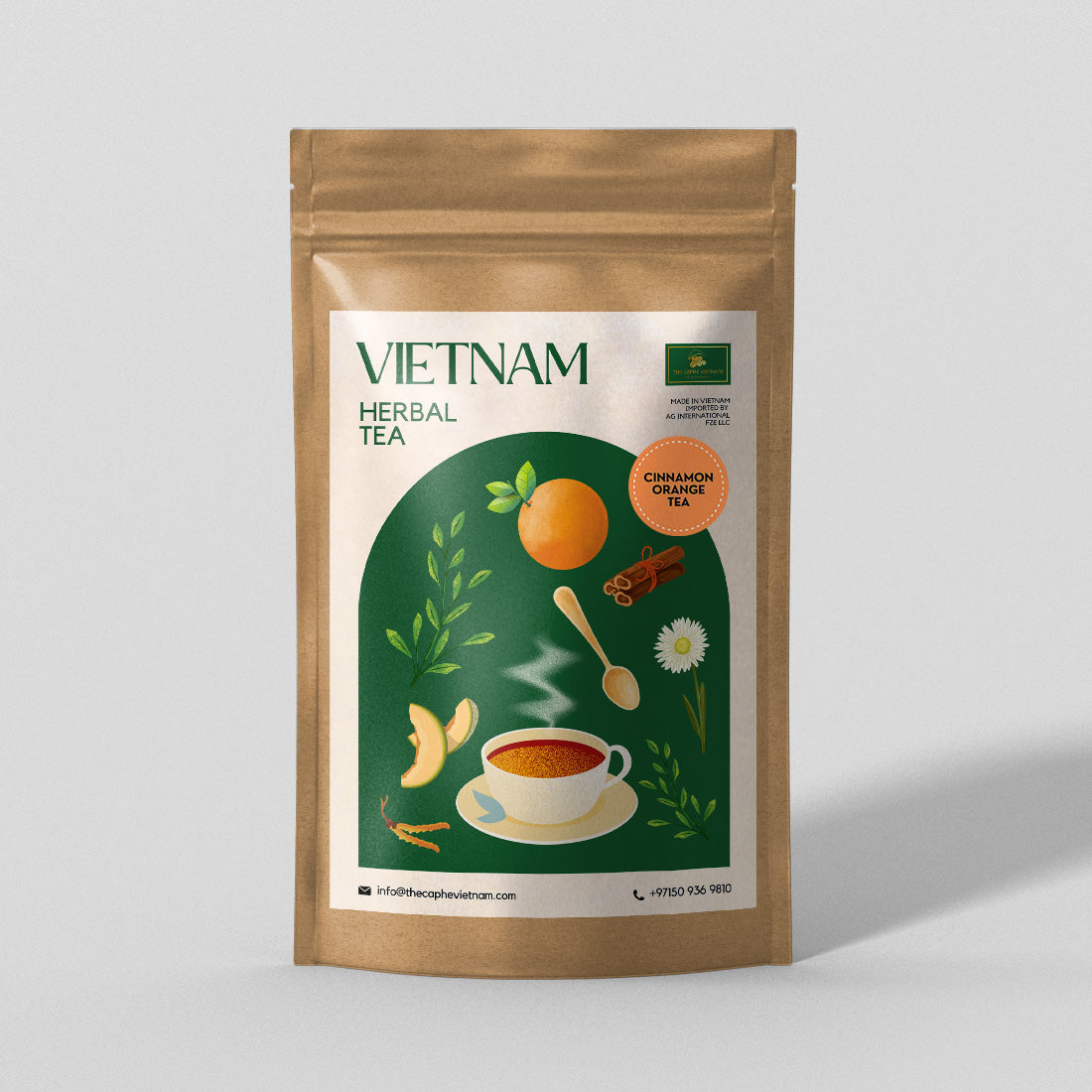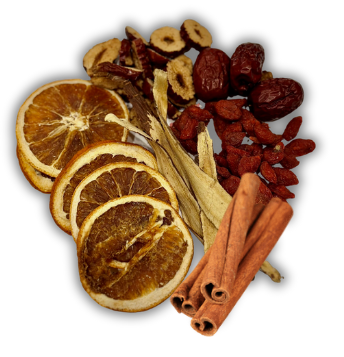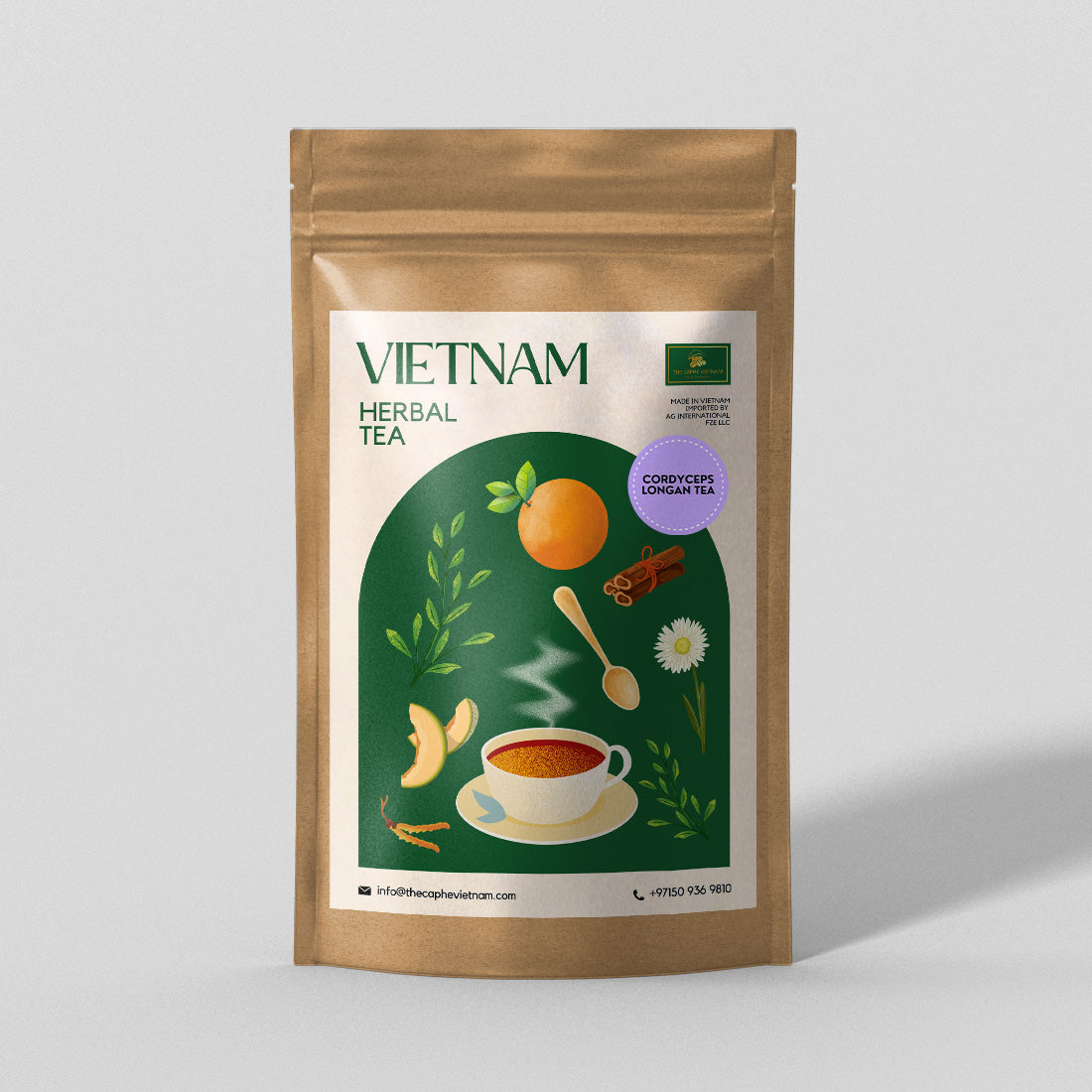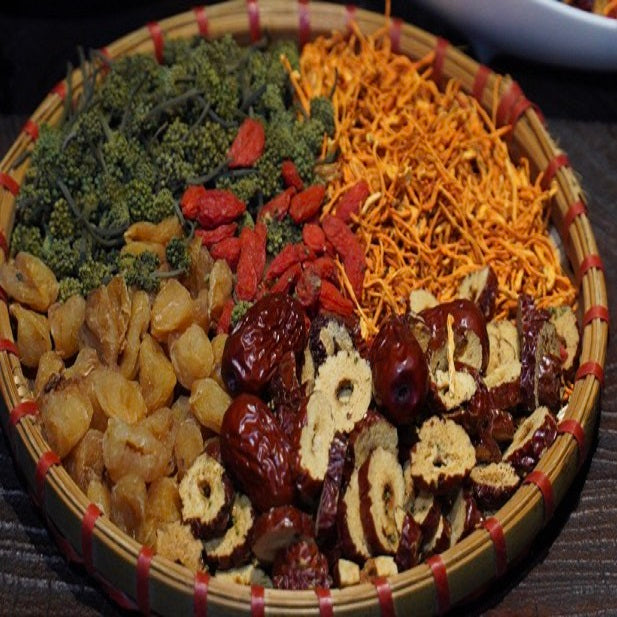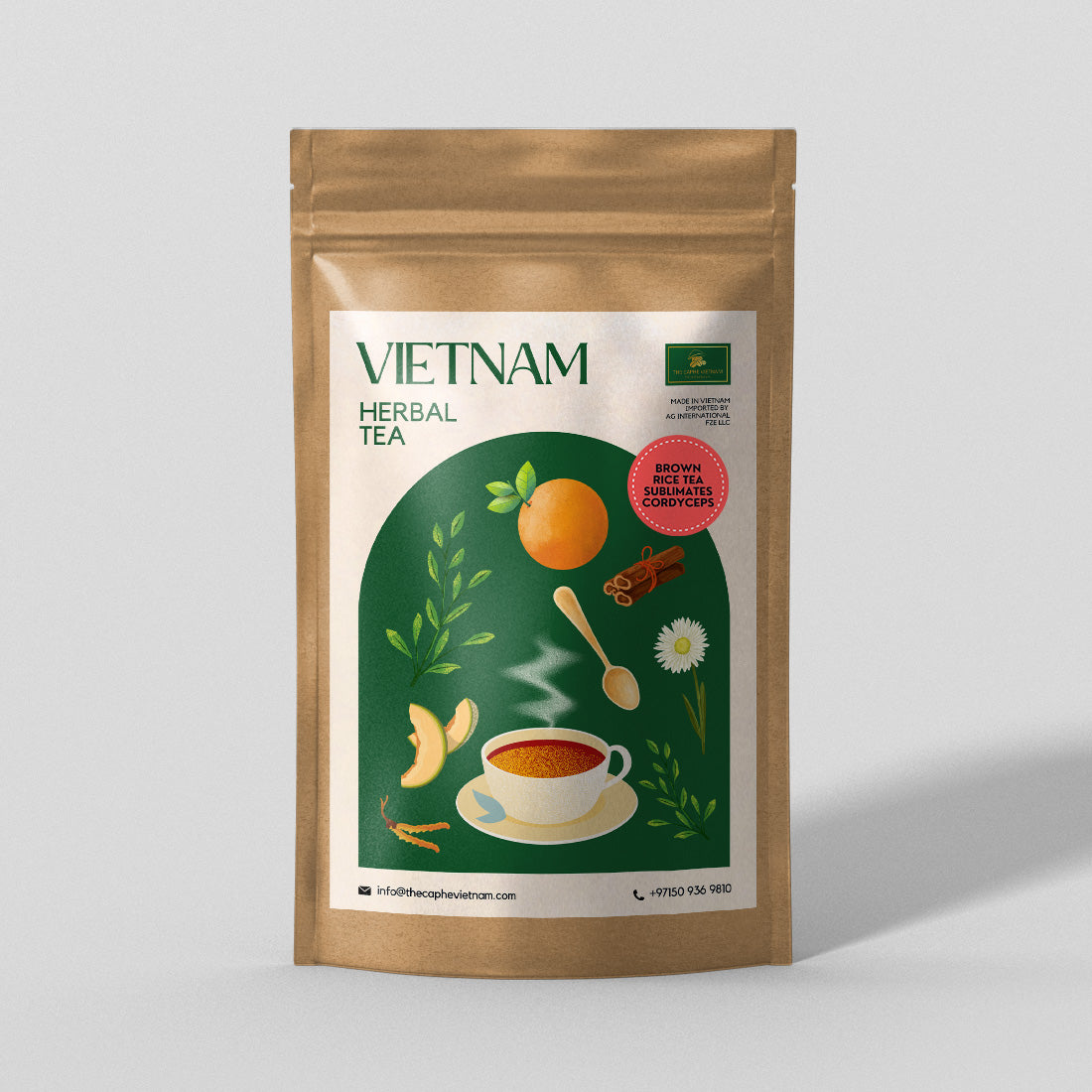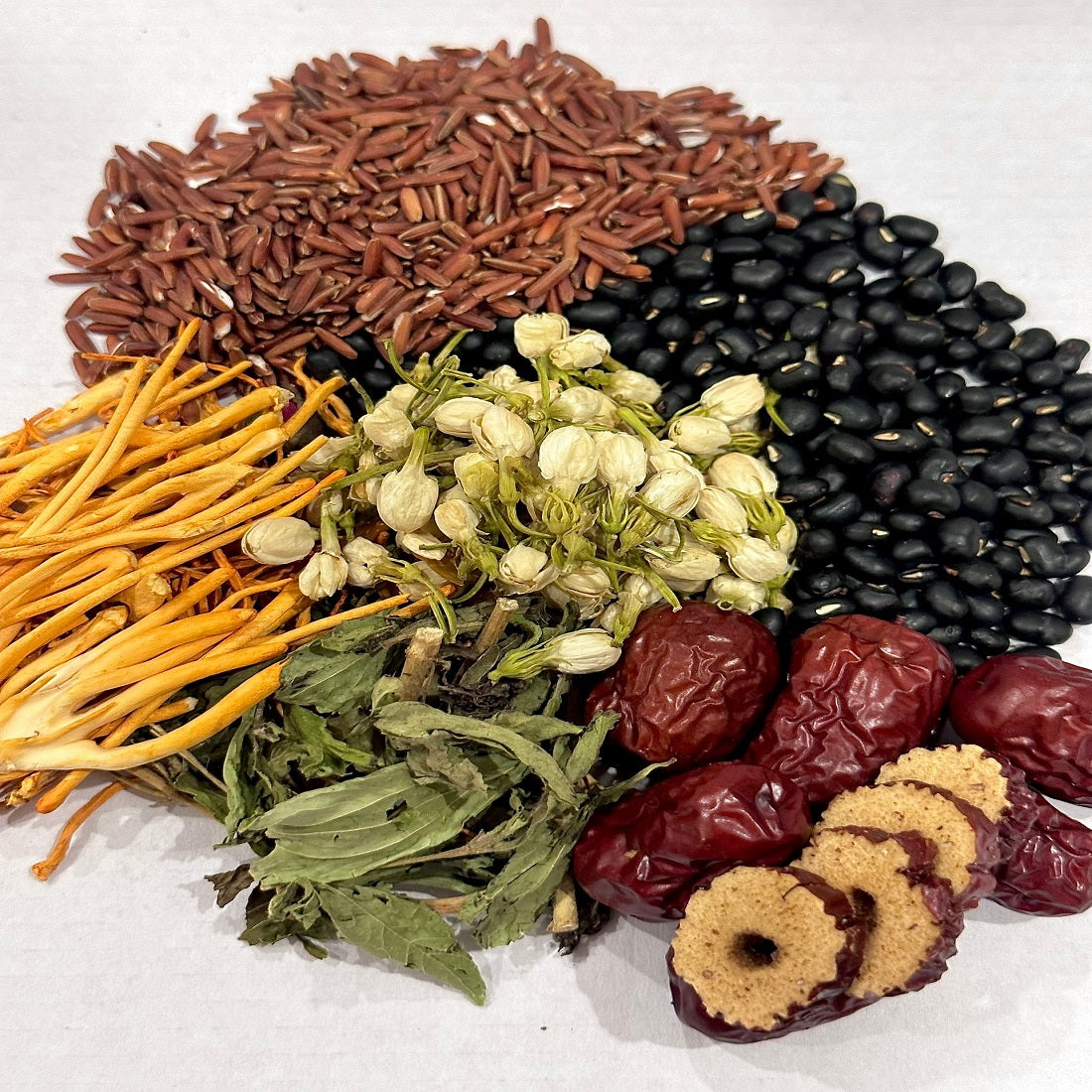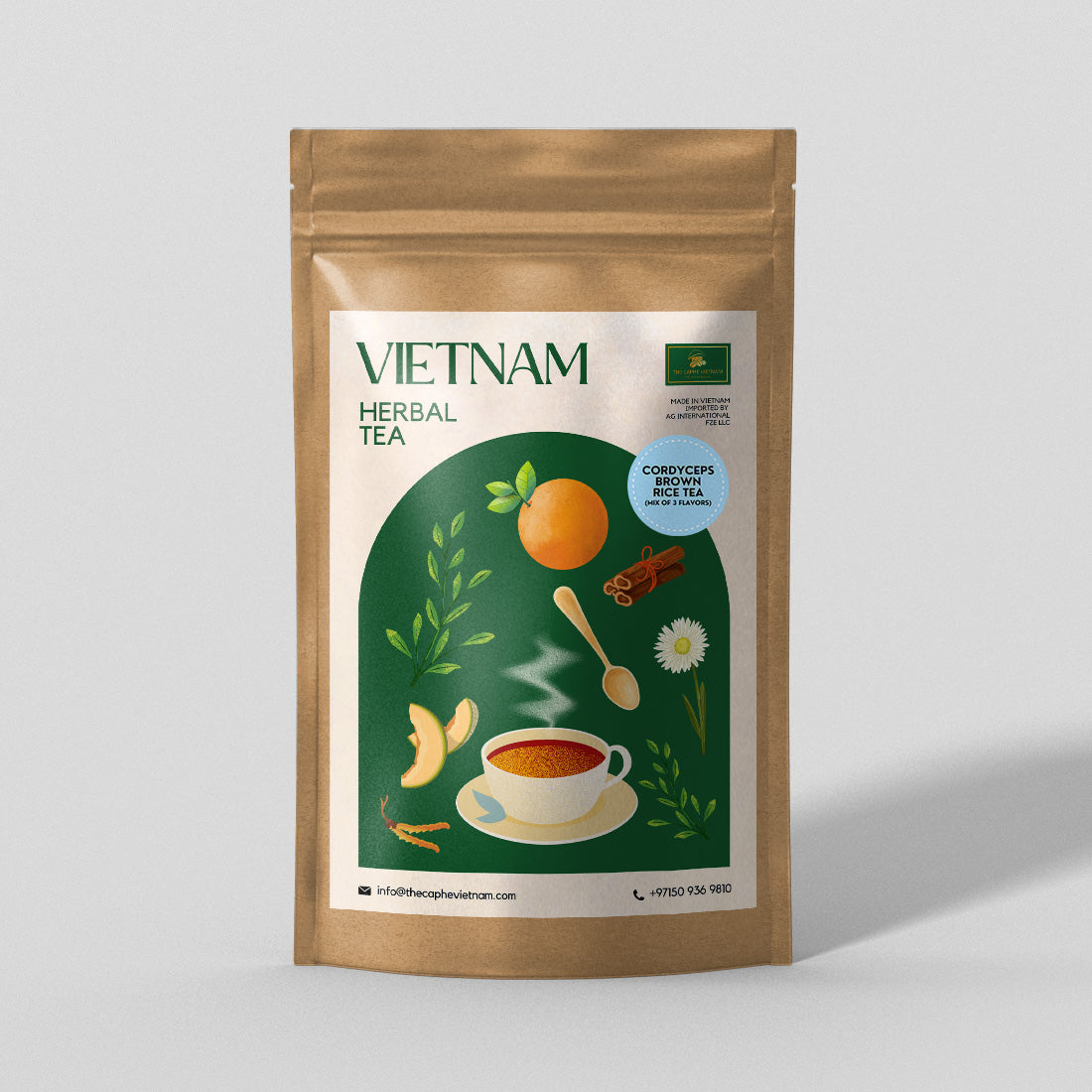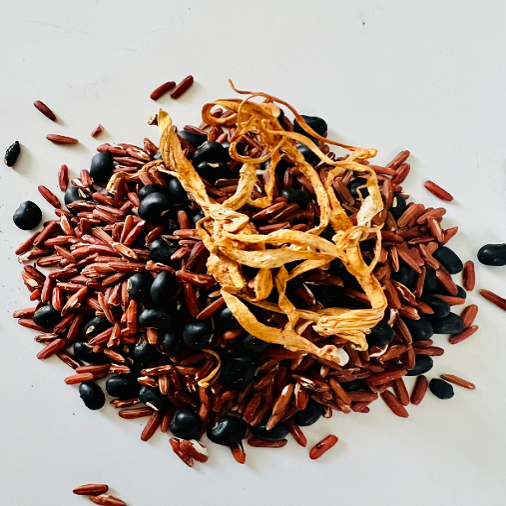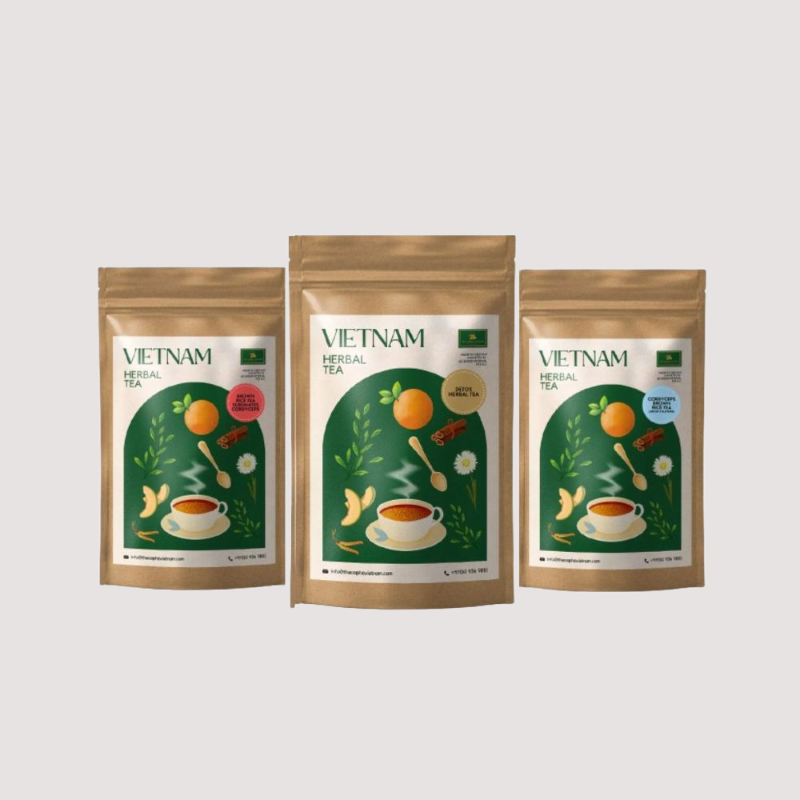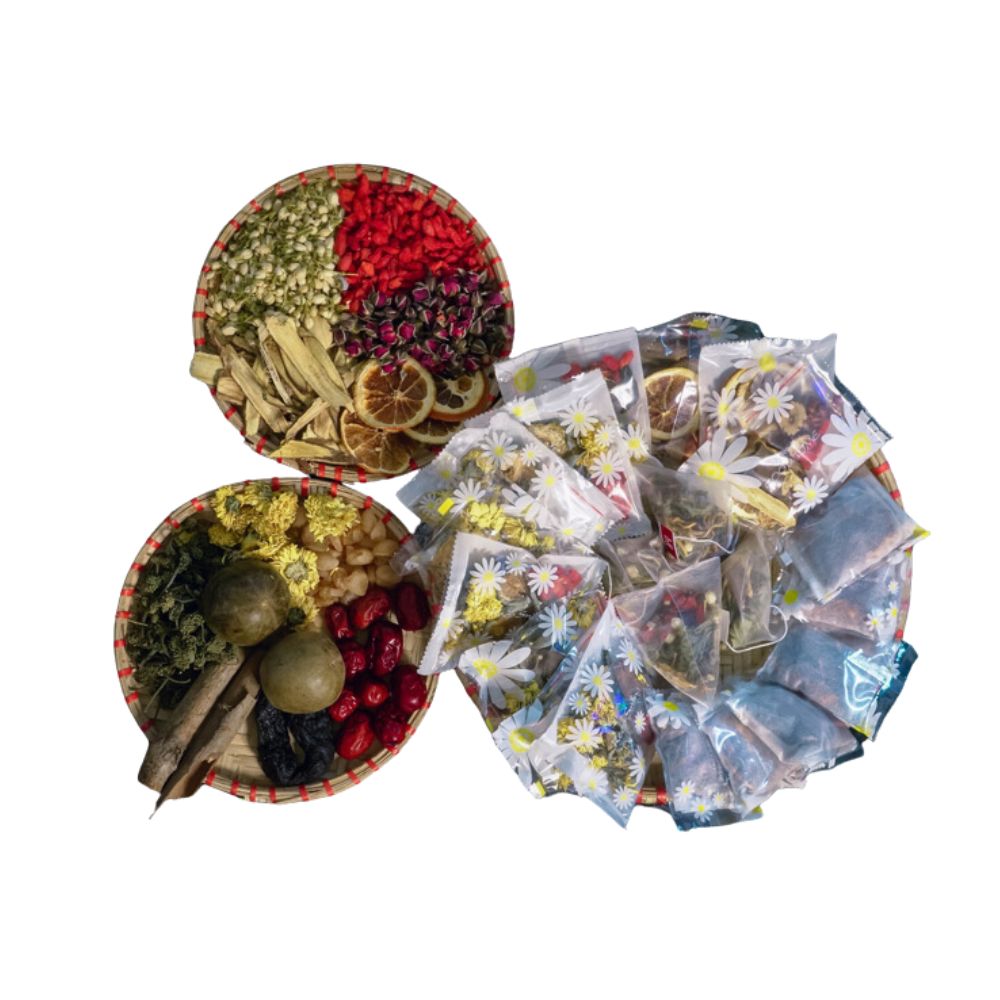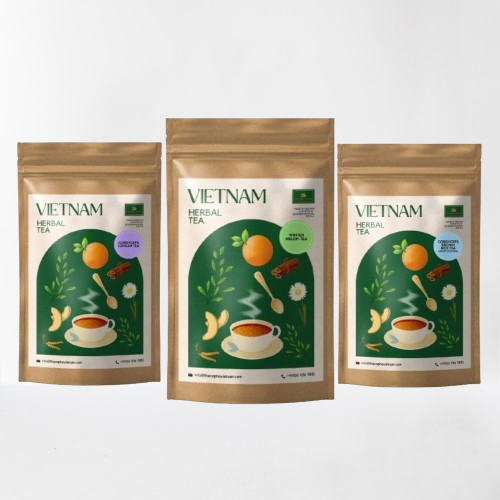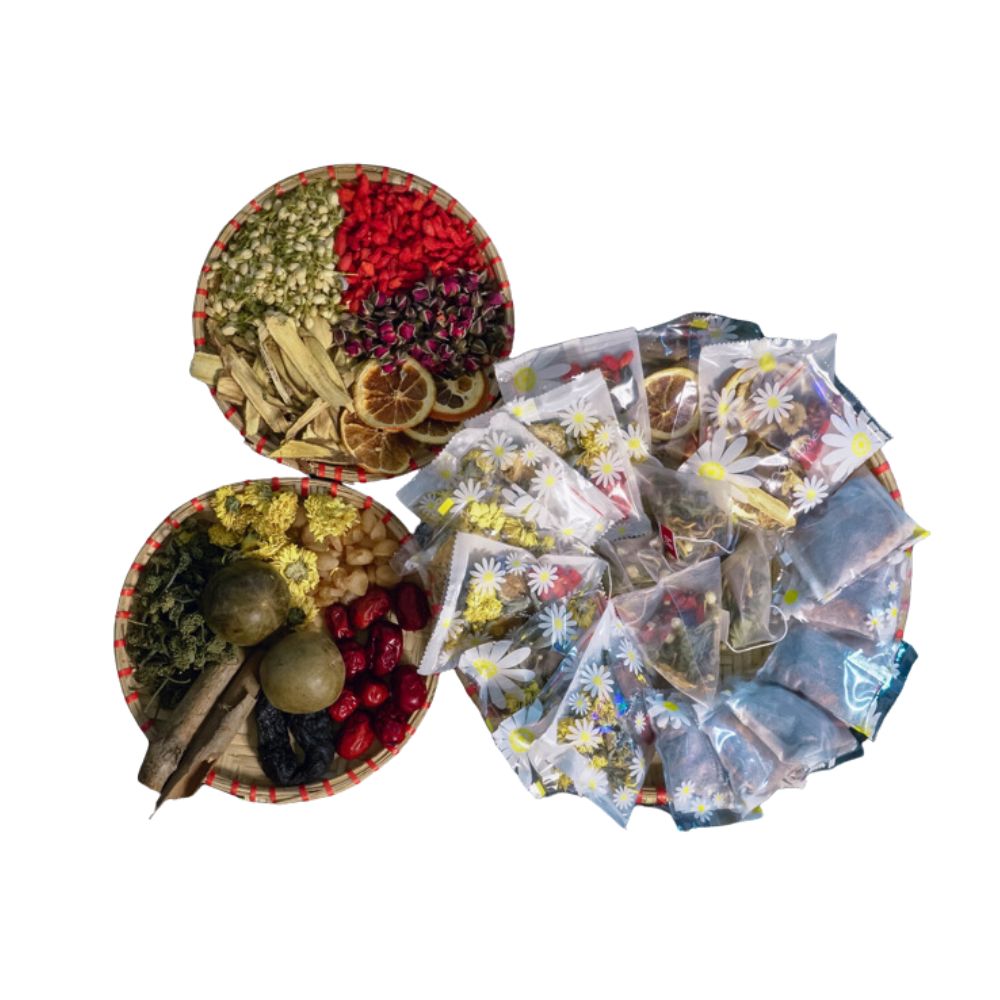
History of Vietnamese Coffee: Its Origin and How It Was Discovered

Traveling to another country, exploring, and trying authentic delicacies is a treat for many. Given that coffee is a daily driver for many, many wonders, where did it come from? What is the history of coffee in the UAE? Developing a taste for bold and authentic coffee is preferred by many coffee addicts. Several coffee fans enjoy travelling to Vietnam to try their much-talked-about drip coffee brewed and served in authentic Vietnamese. People enjoy learning about coffee history and Vietnamese coffee culture while sipping a cup of coffee.
Where did coffee originate from?
To answer the big question, where did coffee originate from? The French Catholic priest introduced coffee to Vietnamese culture in 1857 by bringing the northern region's Arabica coffee tree to Vietnam. With time and Vietnam's tropical climate, which was ideal for coffee cultivation, the industry began to boom in the late 1890s in the small area (Annam) of Vietnam.
Over the next few decades, the coffee plantations began booming in the highland region. By the end of 1950, the first commercial processing plant for coffee was built, setting the initial roots for a new industry. Over time, the coffee industry expanded by signing and opening several sources for trade in the Southeast Asian nations.
Coffee farming and exports now account for a significant portion of Vietnam's gross domestic product. In 2021, Vietnam was projected to export more than USD 3 billion of coffee, giving the country an 8.3% share of the worldwide coffee export market. Estimates show that the success of this sector alone is directly linked to the jobs of 3 million people.
Why does Vietnam grow robusta?
As a leading producer of Robusta coffee, Vietnam is among the world's top coffee-producing nations. Many of the world's coffee beans come from this nation and Vietnam's rise to prominence as a Robusta coffee bean producer may be attributed to several factors.
Vietnam has perfect conditions for Robusta coffee tree cultivation. The climate is tropical, with high humidity and abundant rainfall. For the coffee trees to thrive, the weather must be just right.
Vietnam's abundance of low-cost labour is another factor in the country's prominence as a Robusta coffee bean producer. The salaries for workers in Vietnam are low compared to those in other nations. Growers in Vietnam can now make Robusta coffee beans for less money and compete better on the world market.
Growing coffee trees is a popular industry in Vietnam, with plenty of land ideal for this purpose. Large swaths of arable land lie fallow throughout the nation. That's great news because it frees up valuable real estate on farms where coffee plants may flourish.
Finally, the government of Vietnam has enacted measures that have boosted the country's coffee sector. To encourage the cultivation of Robusta coffee beans, the government has subsidised growers by investing in infrastructure and offering tax breaks. Vietnam is now one of the best places to grow coffee trees and harvest Robusta coffee beans because of these rules.
What makes Vietnamese coffee different?
The taste and preparation of Vietnamese coffee are unlike any others. To prepare the coffee, a phin, a small metal drip filter, is often used to enable the grinds to drop gently into the cup below. This makes strong coffee that you can drink on its own or with a splash of sweetened condensed milk.
Vietnam is a significant player in the global coffee industry, and the country's beans consistently rank among the best in the world. Arabica beans are often used to make Vietnamese coffee because of their milder taste and lower acidity.
The traditional phin brewing process enhances Vietnamese coffee's distinctive taste. Coffee bean extracts should flow down the phin for as long as possible to get the most oils and flavours from the ingredients.
Authentic Vietnamese roasting techniques
When roasted dark, Vietnamese coffee has a robust, powerful taste that is characteristic of the country's coffee. The roasting method changed in several ways as coffee spread in popularity across Vietnam.
Historically, coffee beans have been roasted in a caramel-like oil (a combination of sugar, vanilla, and cocoa) to give them a sweet coating and distinctive taste. In modern Vietnam, butter oil is used more often to make roasts more even.
Bottom Line
Introducing coffee to Vietnamese culture was a happy accident. Over the years, Vietnam has revolutionised the coffee industry with its bold and flavorful coffee beans and occupied a significant portion of the world's production. Keeping the roots of coffee cultivation stagnant since 1850, the processing of the beans is still done via ancient methods, keeping the coffee's flavour and texture constant.
The Caphe Vietnam is one of the UAE's top sellers of authentic Vietnamese coffee.We provide over 13 different varieties of coffee beans, harvested and processed with precise techniques.

